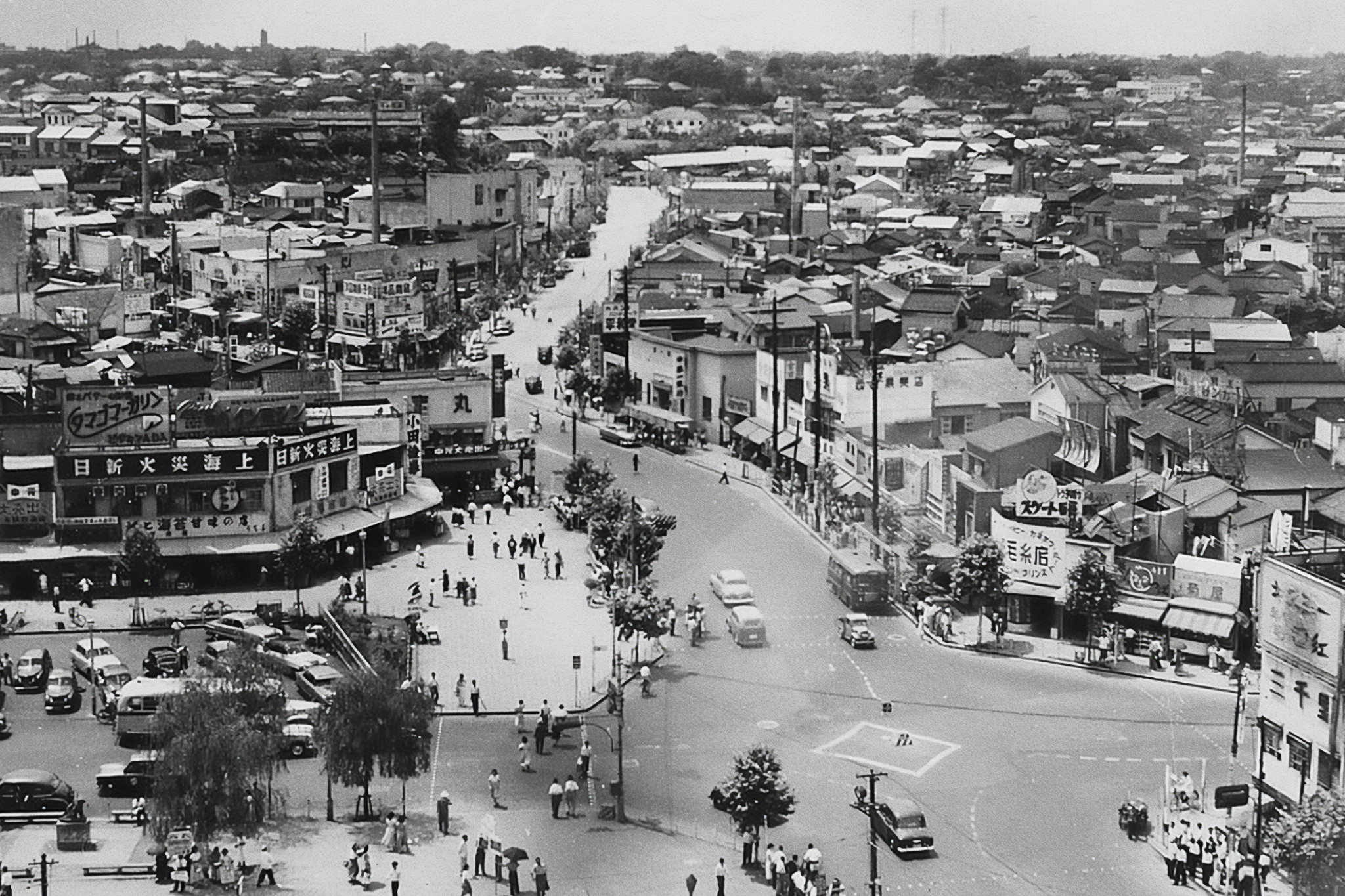For the latest in our Japan Back Then series, we’re focusing on the 1950s, a period of gradual recovery for the nation after World War II. While there was anger at the discovery of Minamata disease and the horrific murder of a 5-year-old girl in Okinawa, there was also much to celebrate during the decade including Japan being welcomed back into the international community, the construction of Tokyo Tower and a royal wedding. We begin, though, with film, as Japanese directors became known around the world.
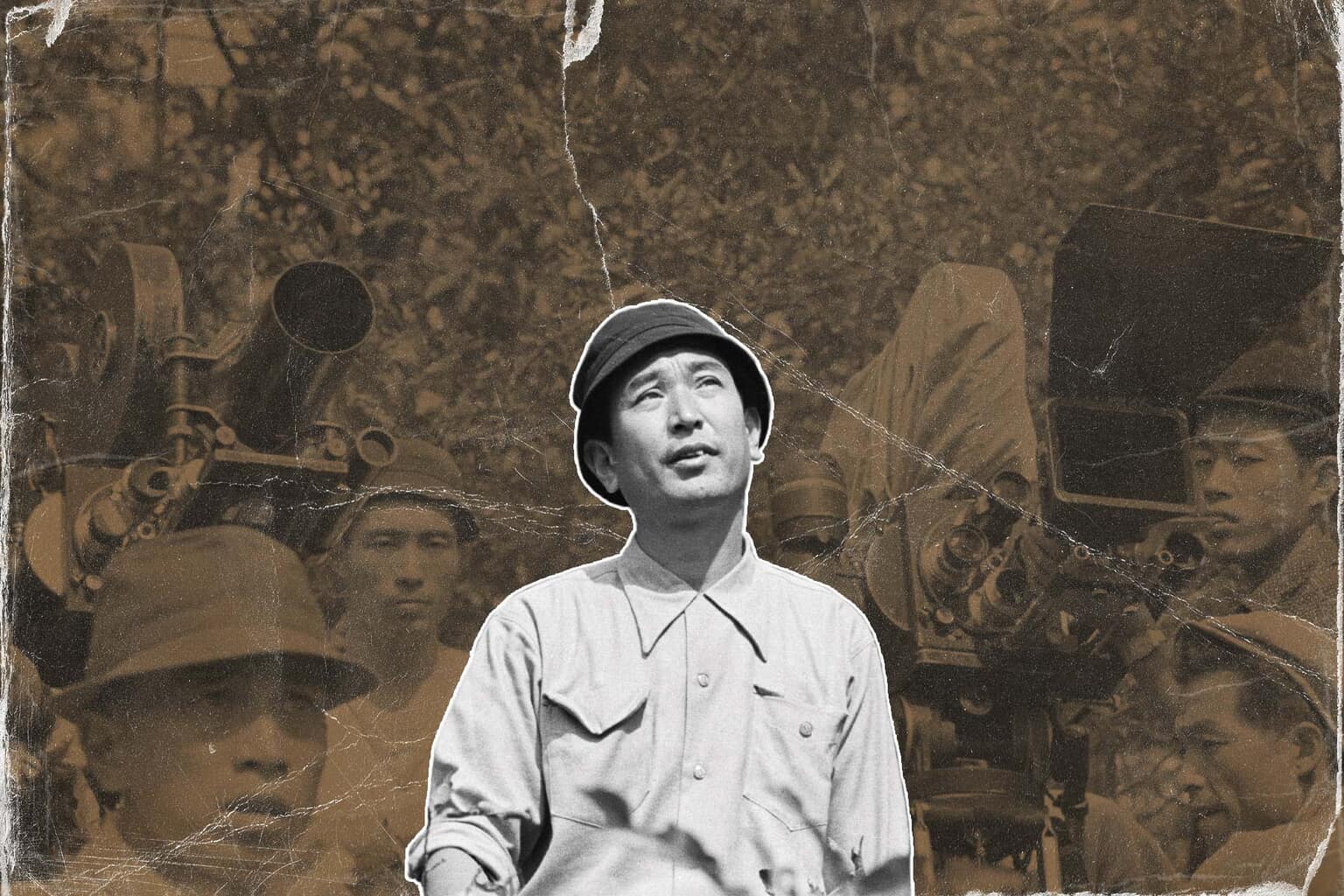
Akira Kurosawa
A Golden Era of Japanese Cinema
The 1950s are considered the Golden Age of Japanese cinema, particularly the opening few years of the decade. Akira Kurosawa’s classic Rashomon (1950) was the first movie from this country to gain global recognition, winning the Golden Lion at the Venice Film Festival and an Academy Honorary Award. In the years that followed, Kurosawa continued to make several masterpieces, including Ikiru (1952) and Seven Samurai (1954). One of the most acclaimed films of the era was Yasujiro Ozu’s tearjerker Tokyo Story (1953), which ranked as the greatest movie of all time in a 2012 director’s poll in Sight & Sound magazine. Along with Kurosawa and Ozu, Kenji Mizoguchi was regarded as part of the “big three” Japanese directors of the ‘50s thanks to flicks like The Life of Oharu (1952), Ugetsu (1953) and Sansho the Bailiff (1954).
The Treaty of San Francisco
On September 8, 1951, 49 nations signed the Treaty of San Francisco. Ratified just over seven months later, it officially concluded the legal state of war between Japan and the Allied Powers, while also marking the restoration of the former’s sovereignty. One of the biggest supporters of a free Japan was Ceylon (now known as Sri Lanka). “We extend to Japan the hand of friendship and trust that with the closing of this chapter in the history of man, the last page of which we write today, and with the beginning of the new one, the first page of which we dictate tomorrow, her people and ours may march together to enjoy the full dignity of human life in peace and prosperity,” said the Ceylonese Finance Minister J.R. Jayewardene at the conference.
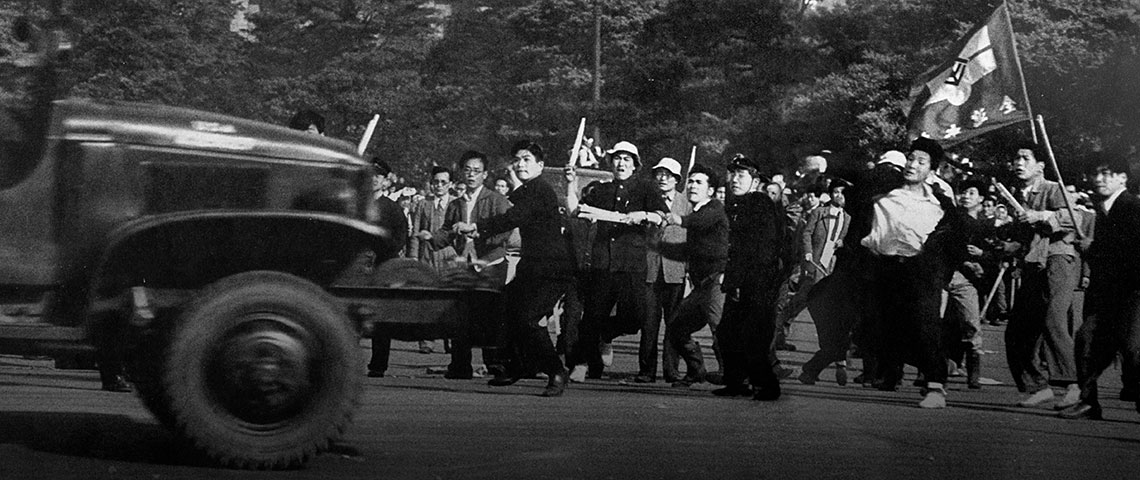
Bloody May Day | Credit: Life Magazine Vol. 32 No. 19. May 12, 1952
Bloody May Day
In conjunction with the Treaty of San Francisco, the Security Treaty between the United States and Japan was signed on the same day. It had five articles, including one that gave America permission to maintain military bases in Japan after the Occupation. When it went into effect, on April 28, 1952, people here began protesting. On May 1 of that year, things got out of hand in front of the Imperial Palace in Tokyo. As the crowd became violent, police officers started to open fire. Two people were killed and another 22 were injured from bullet wounds. It’s estimated that around 2,300 people — 1,500 civilians and 800 officers — were hurt in the fighting. Later that year, violent demonstrations also occurred in Osaka and Nagoya, where Molotov cocktails were hurled at the police.
Japan’s Olympic Return
Since debuting in Stockholm in 1912, Japan has competed in all but two Summer Olympics. In 1980, they joined the U.S. in boycotting the Moscow Games in protest at the Soviet invasion of Afghanistan. Thirty-two years earlier, they were expelled from the London Games along with Germany for their role in World War II. In 1952, after a 16-year absence, they returned to compete in Helsinki. Wrestler Shohachi Ishii became the country’s first postwar Olympic gold medalist in the men’s freestyle bantamweight division. Japan won nine medals in total at the Games, including one from gymnast Takashi Ono, who finished third in the men’s vault. He would go on to capture 13 medals in total, more than any other Japanese Olympian to date, though fellow gymnast, Sawao Kato topped the podium more times.
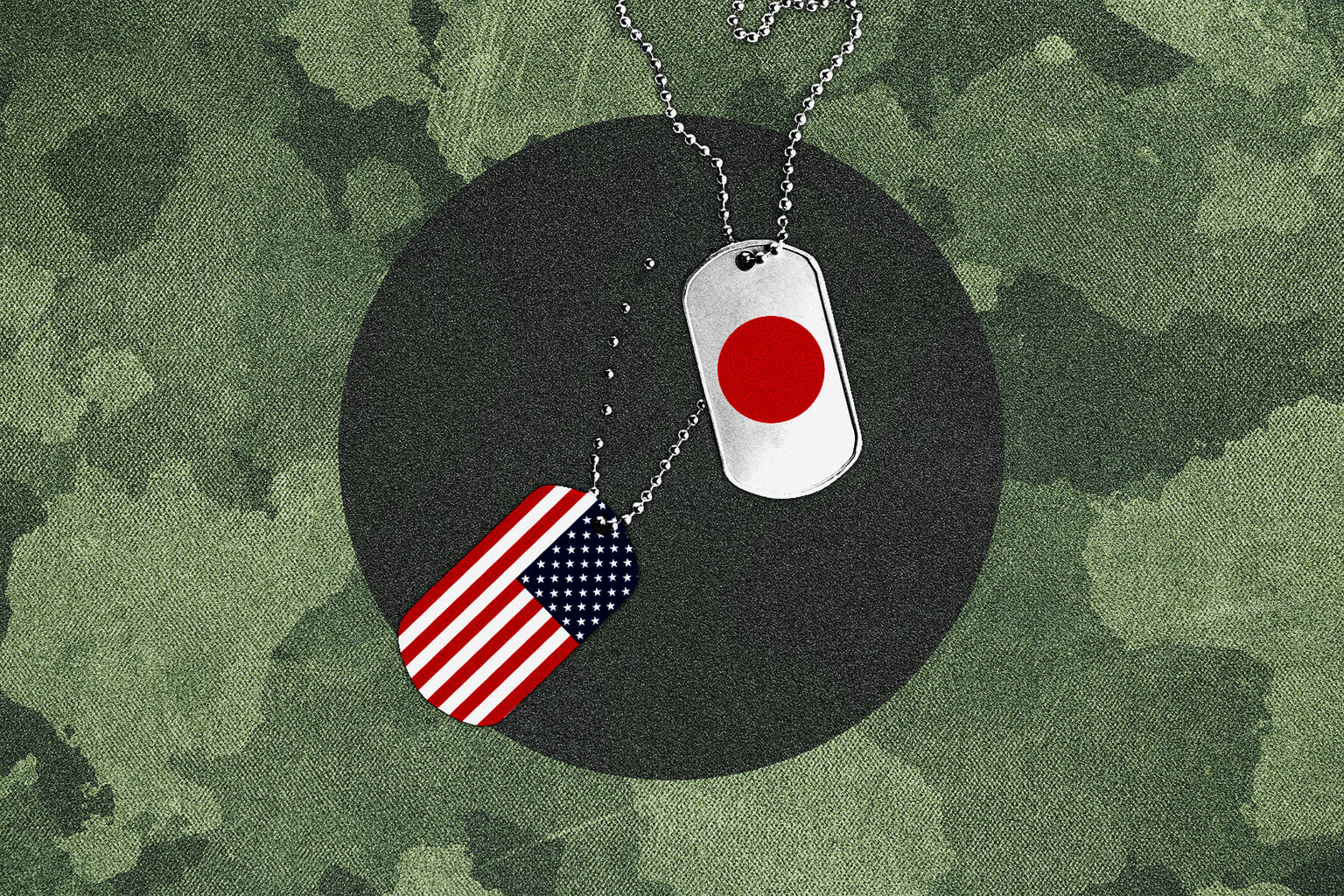
Creation of the SDF
Article 9 of the Japanese Constitution, which came into effect on May 3, 1947, states that “land, sea and air forces, as well as other war potential, will never be maintained” in this country. In the case of an attack, American bases in Okinawa were created to defend the nation. When the Korean War broke out in 1950, however, the 24th Infantry Division of the United States Army was sent to fight and subsequently pulled out of Japan, leaving it without armed protection. General Douglas MacArthur’s solution to the problem was to establish a lightly armed National Police Reserve with 75,000 men in August 1950. That expanded to 110,000 men with the creation of the National Safety Forces two years later, which, in turn, was reorganized as the ground, maritime and air Self-Defense Forces (SDF) in 1954.
LDP Established and Japan Joins the UN
The Liberal Democratic Party (LDP) came to power in November 1955 and has spent all but four years and two months in office since. A merger between two conservative parties, it was founded by Taketora Ogata (the Liberal Party) and Ichiro Hatayama (the new Democratic Party). The latter had ousted the enigmatic Shigeru Yoshida as prime minister a year earlier. This might have happened even sooner had — according to CIA files that were declassified in 2005 — a plot to assassinate Yoshida and replace him with Hatayama succeeded in 1952. In the early years of the LDP, the party focused much of its time on improving Japan’s international relations. Joining the United Nations certainly helped in this regard. Japan became the 80th member of the global organization on December 18, 1956.
Minamata Disease
It began with the animals. Cats foamed at the mouth and had convulsions before throwing themselves in the water. Crows fell from the sky and floating dead fish were discovered on the surface of Minamata Bay in Kumamoto Prefecture. Humans came next. In the spring of 1956, a 5-year-old girl who was having trouble walking and speaking was examined at a hospital. Her sister, plus other people in the area, soon experienced similar symptoms. On May 1 of that year, Minamata disease, a neurological illness characterized by the onset of numbness and cerebellar signs, was officially recognized. Within five months, 40 patients had been discovered, 14 of whom died. The cause: methylmercury that chemical company, Chisso Corporation, began dumping in the water in 1932. This contaminated the fish that was eaten by locals. Thousands have since been officially recognized as victims.
The Yumiko-Chan Incident
At approximately 8pm on September 3, 1955, Yumiko Nagayama was reported missing after she failed to come home from playing outdoors. The following day, the mutilated body of the 5-year-old kindergarten student was discovered in a landfill belonging to the Kadena Air Base in Okinawa. She had been raped and murdered. A brown hair was discovered on her body and an eyewitness claimed to have seen her leave an Eisa performance with a white male. A joint investigation by the Ryukyu Police and the U.S. Military eventually led to the indictment of Sergeant Isaac J. Hurt. Due to extraterritoriality laws, Hurt was tried in a U.S. military court rather than an Okinawan civilian one, angering locals. He was initially sentenced to death, but this was later reduced to 45 years. He was later released in 1977.
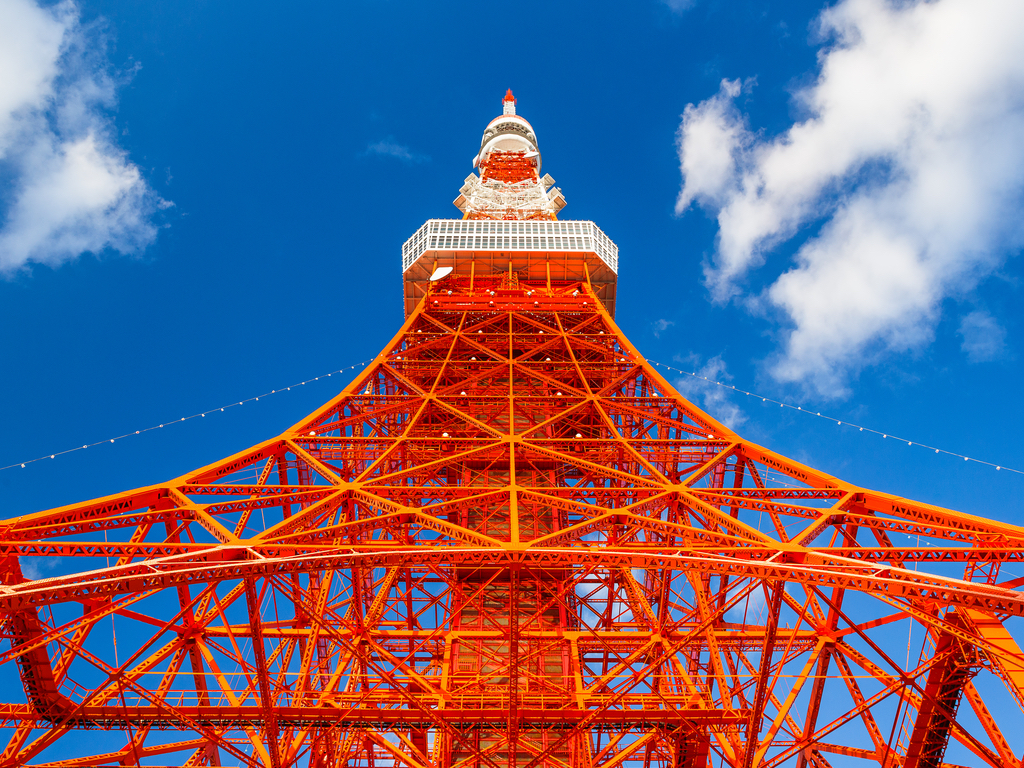
Tokyo Tower | Image by Kulanun Chaiwarokul via Shutterstock
Tokyo Tower Completed
At 2pm on February 1, 1953, the first ever television program in Japan was broadcast from NHK’s former headquarters. Concerned that private companies would subsequently construct transmission towers all over Tokyo, the government decided to build a large one capable of transmitting images throughout the capital. The idea was also to create something to symbolize the country’s post-war regeneration. Tachu Naito, known for his earthquake-proof buildings, was tasked with the role of designing it. He was inspired by the Eiffel Tower, though his construction would be slightly taller. When the final bolt of the 90-meter antenna was hammered in on October 14, 1958, Tokyo Tower, at 333 meters, officially became the highest freestanding tower on the planet. It’s now the second tallest in Japan behind Tokyo Skytree, though it arguably remains the defining image of the country’s capital.
A Royal Wedding
Crown Prince Akihito met Michiko Shoda for the first time on a tennis court in Karuizawa in August 1957. He lost the mixed doubles match that day, but eventually won the heart of his opponent. The pair were engaged 15 months later and then tied the knot on April 10, 1959. An estimated 15 million tuned in to watch part of the festivities — a record at the time — in addition to more than 500,000 who lined the streets to celebrate the big day. Sales of television sets, which only arrived in Japan six years earlier, soared as the so-called “Mitchi-boom” spread throughout the country. Breaking with over 2,000 years of tradition, she became the first commoner to marry into the cloistered royal family and was seen as a symbol of the nation’s modernization.
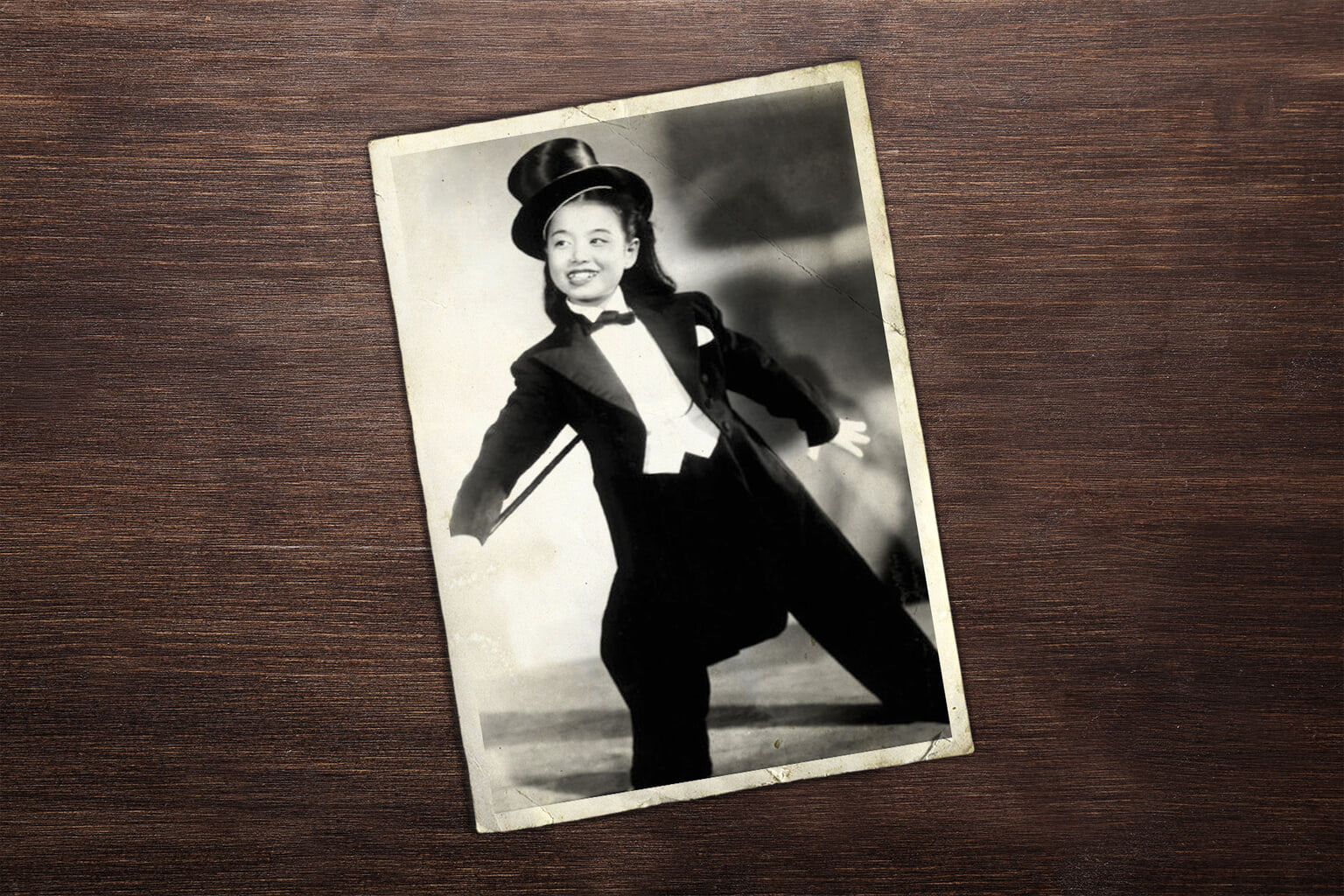
Hibari Misora
Popular Singles: Tennessee Waltz (Eri Chiemi), Ringo Oiwake (Misora Hibari), Omoide no Waltz (Izumi Yukimura), Otomi-San (Hachiro Kasuga), Onna Sendou Uta (Michiya Mihashi), Kuroi Hanabira (Hiroshi Mizuhara).
Popular Movies: Rashomon, Ikiru, Seven Samurai and Throne of Blood (Akira Kurosawa), Godzilla (Ishiro Honda), Tokyo Story, Tokyo Twilight and Early Spring (Yasujiro Ozu), The Life of Oharu, Ugetsu and Sansho the Bailiff (Kenji Mizoguchi), The Human Condition film series (Masaki Kobayashi), The Burmese Harp (Kon Ichikawa).
Television Debuts: Kohaku Uta Gassen and NHK Nodo Jiman (1953), Mighty Atom, Okaasan to Issho and Seven Color Mask (1959).
More From This Series
Check out other articles from our Japan Back Then series:
Updated On October 30, 2023

